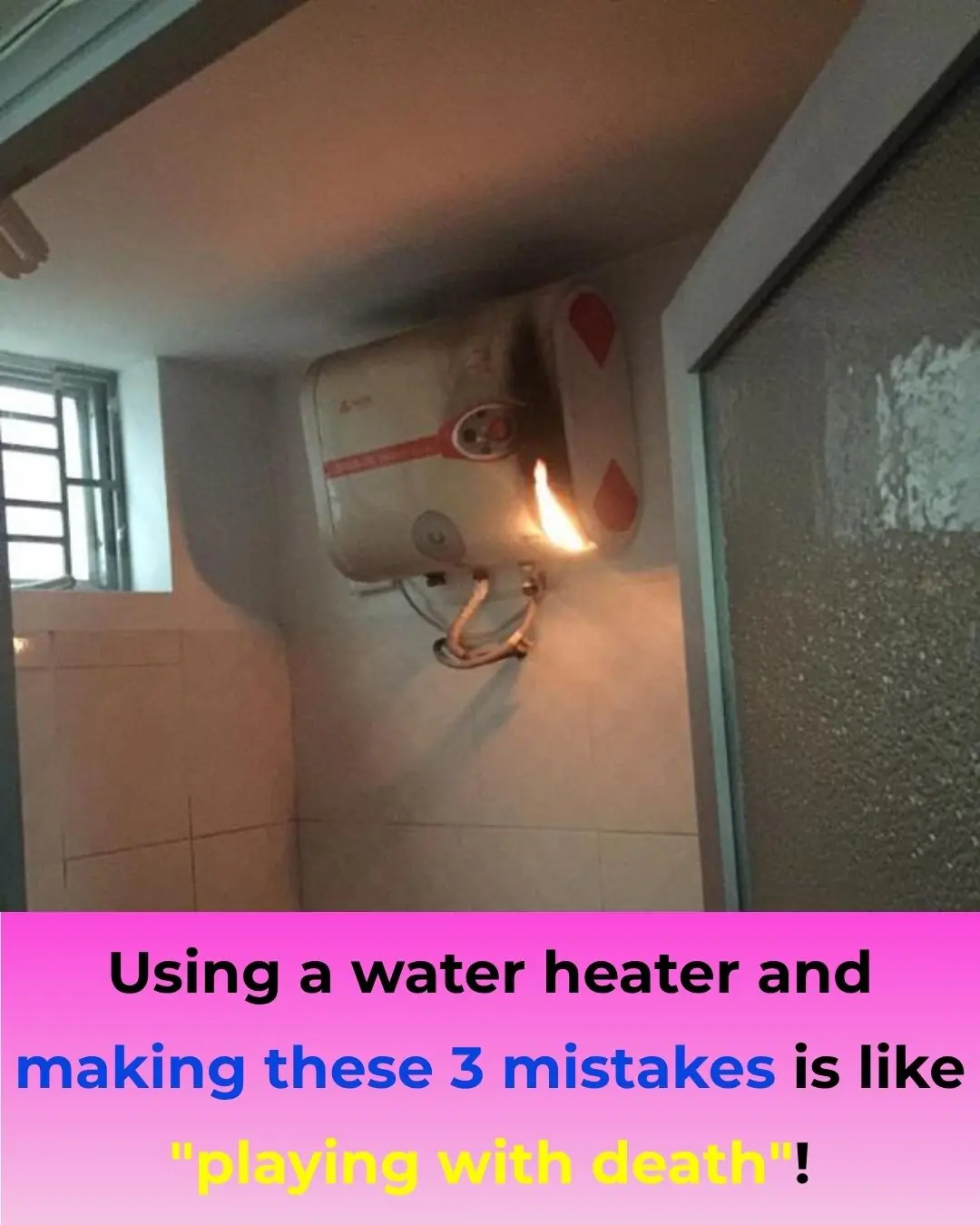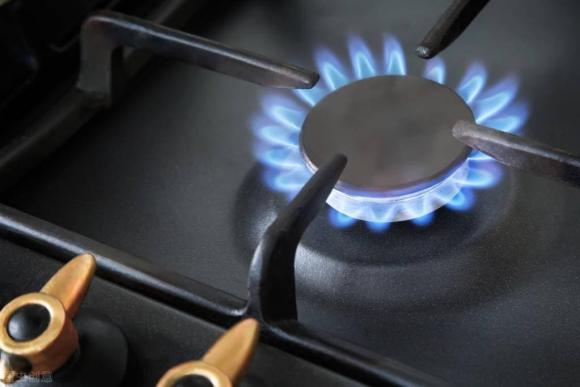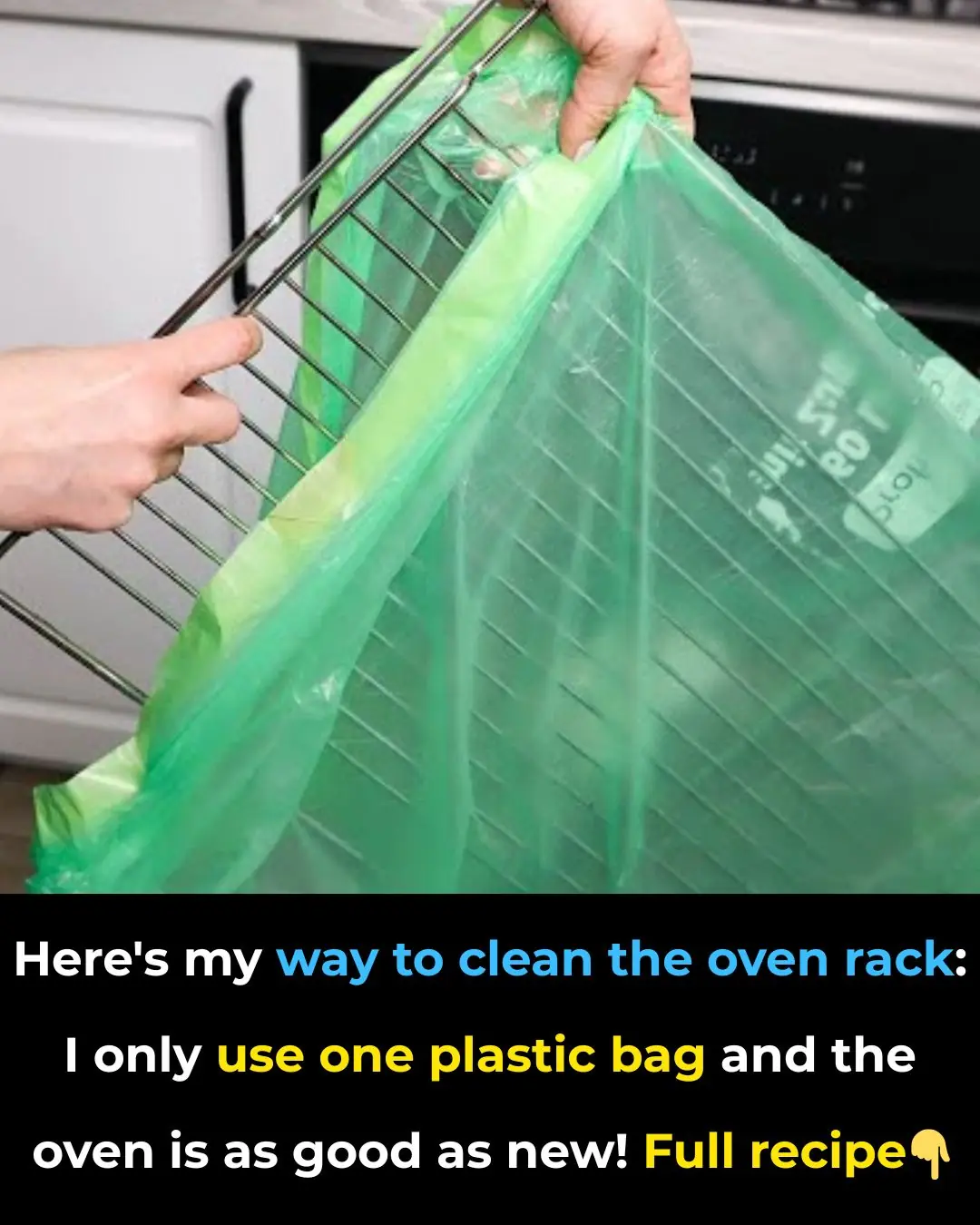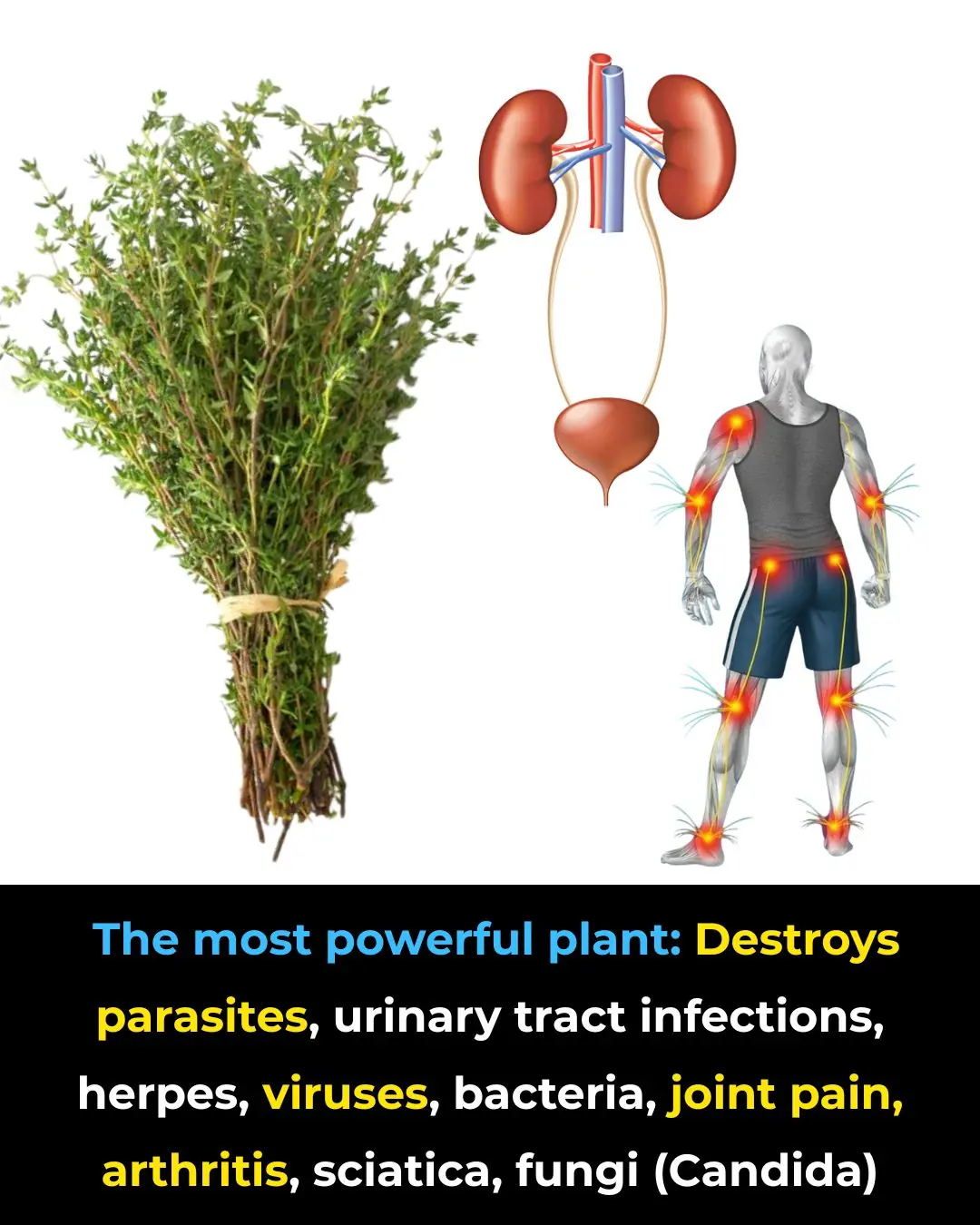
Why Is the Left Burner of a Gas Stove Not Ideal for Cooking?

A gas supplier once explained it to me, and now it finally makes sense!
Gas stoves are extremely common in modern households. They are convenient, easy to use, and typically come with two burners so you can cook multiple dishes at once. But many people have heard the saying: “Avoid using the left gas burner for cooking.”
So where does this idea come from, and is there any truth behind it?
Surprisingly, yes—there are practical reasons why the right burner is usually better for everyday cooking. And there are two main reasons behind this recommendation.
1. To Reduce the Risk of Burns
Most people are right-handed. We naturally hold cooking utensils, season food, and stir dishes with our right hand.
When you stand in front of a gas stove and use the left burner, your movements often require you to reach across or lean over the right burner if it’s also in use. This increases the chance of:
-
accidentally brushing against a hot pot or pan
-
getting burned by rising steam or flames
-
knocking over seasonings because of limited space
If your spices or ingredients are placed on the right side of the counter—a very common layout—you’ll need to twist your body awkwardly or reach across a hot burner just to grab them. This is both inconvenient and potentially dangerous.
Using the right burner, on the other hand, keeps your working side clear and minimizes unnecessary movement around heat.
2. Different Heat Output Between the Two Burners
On most modern gas stoves, the two burners are not identical. Manufacturers often design them intentionally with different heat levels:
-
Right burner: higher flame output, stronger heat—ideal for frying, stir-frying, boiling water quickly, or cooking anything that needs high temperature
-
Left burner: lower flame—better for simmering soups, slow-cooking, or gentle boiling
This design helps with efficient cooking, but it also means the right burner simply performs better for most daily tasks.
Of course, some gas stoves do have burners with equal heat output. If you want to confirm this, simply check the stove’s specification plate. Burners with identical heat ratings will show the same thermal power value.
Tips for Safe Gas Stove Use
Gas stoves are helpful and efficient, but they must be used carefully to avoid gas leaks, fires, or dangerous accidents.
1. Ensure Good Ventilation
Never cook in a tightly closed kitchen. A confined space traps gas if a leak occurs, increasing the risk of poisoning. Always:
-
keep windows or doors slightly open
-
use an exhaust fan while cooking
-
ventilate the kitchen immediately if the flame goes out
If you ever smell gas, turn off the stove right away, open all windows, and do not re-enter the kitchen until the smell is gone.
2. Always Double-Check That the Stove Is Turned Off
Before going to bed or leaving the house, make it a habit to check the knobs to ensure they are fully turned off. Even a small gas leak can cause a serious hazard.
3. Never Leave the Stove Unattended
This is one of the most common causes of kitchen accidents. Soups can boil over, extinguish the flame, and lead to gas leakage. Pots can dry out and burn, and oil can overheat or catch fire.
If you need to step away:
-
turn the heat to the lowest setting
-
or turn the stove off entirely
Safety should always come first.
In Summary
It’s not that the left burner cannot be used—both burners work perfectly well. However, because:
-
the right burner usually has higher heat output, and
-
right-handed cooks work more safely and efficiently on the right side
…the right burner is generally more suitable for everyday cooking, especially when using both burners at once.
Understanding these small details can make your kitchen safer, more efficient, and more enjoyable to work in.
News in the same category


Just Minced Meat, But Made This Way, It Becomes Irresistibly Delicious

Top 10 Occupations with the Highest Risk of Cancer

Women Who Drink Perilla Leaf Water with Lemon at These 3 Times: Brighter Skin and a Slim Waist

Is It Dangerous to Stay Inside a Car During a Lightning Storm?

Tips to Distinguish Naturally Ripened Bananas from Chemically Ripened Ones

My Nana’s 2-Minute Trick to Get Rid of Puffy Eyes (No Work Needed!)

JUST MAKE THE RACK THIS WAY

Doctors reveal that eating guava causes...

The shower head is easily clogged after long use. This way, the dirt will drain away by itself and replace it with a new one

Boiling shrimp with a handful of these leaves makes the shrimp bright red, sweet meat, everyone praises it.

New Towels Feeling Sticky and Smelly? Soak Them in This to Make Them Clean

🧼 Here’s My Easy Way to Clean Oven Racks: Just One Bag & a Natural Soak

🍌 5 High-Fiber Foods That Naturally Support Digestion & Relieve Constipation

Crush a handful of these leaves and place them in the room.

Soaking vegetables in salt water is not as good as you think, if you want them clean, do it this way

Netizens compete to show off their secret tips for cleaning carved wooden tables and chairs to welcome Tet

Don't burn peach trees anymore: This is the way to help peach blossoms bloom, sprout, and still be brilliant after Tet

Add a drop of essential oil to an onion and no matter how many mosquitoes and insects it has, they will disappear
News Post

This Plant Is More Than Just a Kitchen Herb — It’s One of the Most Powerful on Earth

Many People Still Don’t Know The Meaning Behind Shoes Strung Up On A Power Line

Arnold Schwarzenegger’s Son Continues His Impressive Weight-Loss Journey

‘Get Out!’: Black Woman Banned from Restaurant After Refusing to Tip Waitress with ‘a Disgusting Attitude,’ But She Doesn’t Back Down, Video Shows

Stephen Hawking Predicts the End of the World Is Nearer Than We Think

Caroline Flack’s ex Lewis Burton says he’s received ‘online abuse’ in rare statement over Disney documentary

The Viral 70LB Baby That Was Featured On Jerry Springer Is All Grown Up, And You Better Sit Down Before Seeing Him Today

The Viral 70LB Baby That Was Featured On Jerry Springer Is All Grown Up, And You Better Sit Down Before Seeing Him Today

‘Wanna be from the Trenches So Bad’: Tiny Harris Claps Back After T.I. Embarrasses Son King at Their Grandchild’s First Party

3 Deadly Mistakes People Make with Water Heaters – Don’t Risk Your Life

The surprising vitamin that helps break down leg clots—are you getting enough?

Just Minced Meat, But Made This Way, It Becomes Irresistibly Delicious

Prince William steps out with King Charles for special Windsor Castle reception to mark Remembrance Day

Top 10 Occupations with the Highest Risk of Cancer

Women Who Drink Perilla Leaf Water with Lemon at These 3 Times: Brighter Skin and a Slim Waist

Kelly Brook ‘horrified’ as GP offers her weight-loss jabs ahead of I’m A Celebrity stint: ‘I love my curves!’

Is It Dangerous to Stay Inside a Car During a Lightning Storm?

Tips to Distinguish Naturally Ripened Bananas from Chemically Ripened Ones
